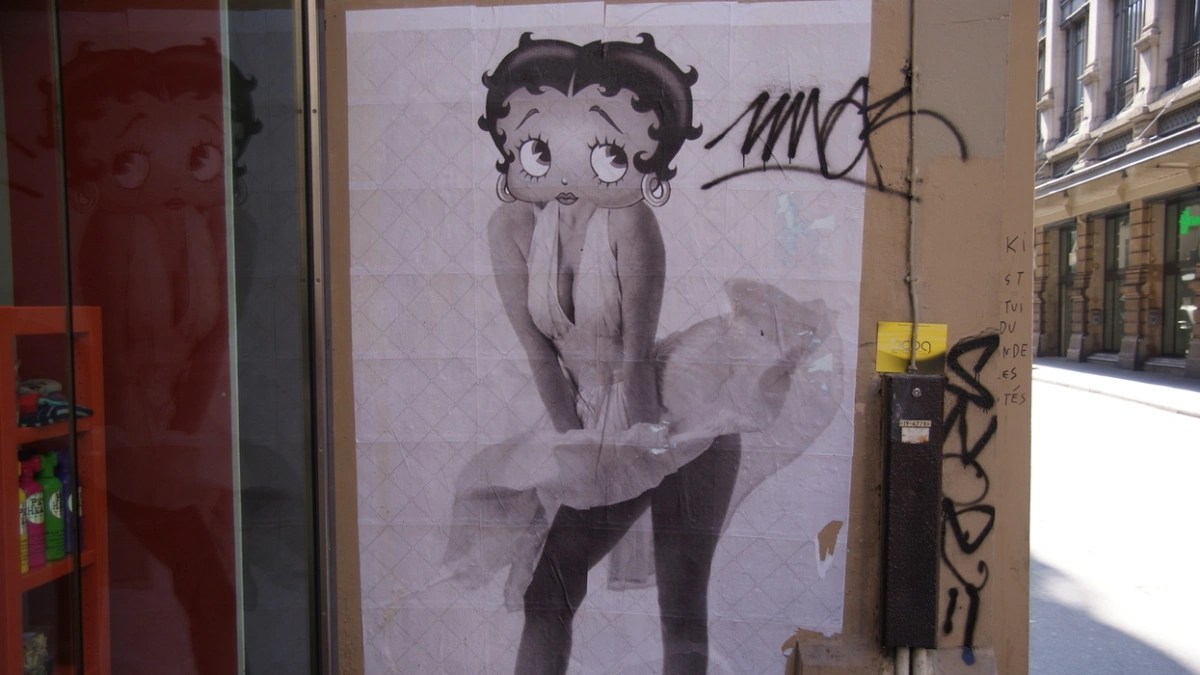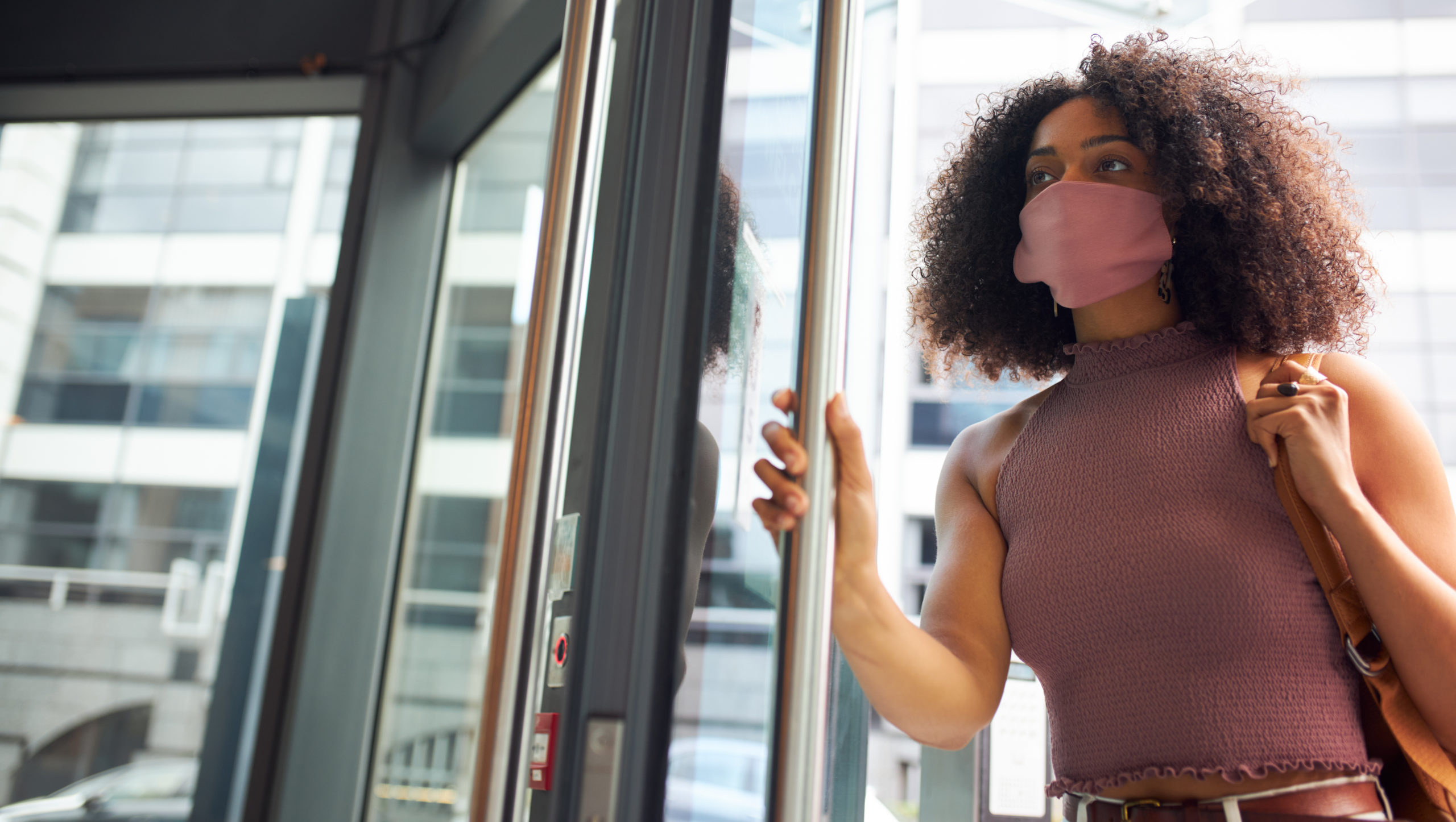Women make up 47% of the U.S. workforce, but only (on average) 23.75% of the science-based jobs out there. Geobiologist and author Hope Jahren wants to make that number higher. She argues that there aren’t enough safeguards in place to ensure a safe working environment for women. Are there adequate sexual harassment policies in place, and will the workplace uphold them if need be? Talking about these issues and solving them in public will inevitably draw more women to positions in science, she says, and thus raise the average. Hope Jahren’s latest book is Lab Girl, which won the National Book Critics Circle Award for Autobiography.
Hope Jahren: I think as you move to the upper ranks of science—ranks being positions of influence and access—you see fewer female faces.
And I think the basic reason is the same reason that you don't see a lot of female faces in Congress or on the Supreme Court or on the directing board of Fortune500 companies.
I think there are fundamental power imbalances between the sexes that play themselves out in society.
And I think science is just not immune to that—which actually isn't a very controversial stance if you think about it. Science is performed by people, and it's subject to all the various foibles that plague the rest of our social dynamics.
Believe it or not, I don't have very controversial views on the subject.
I always go back to basic questions we ask about women's labor—because working in science is performing labor, and performing it as a woman is woman's labor.
And one of the very first questions always asked about women's labor is: is it safe? And so I've spoken about how women laboring in a science are not working in safe spaces all of the time. That's just question number one: Are we safe while we're trying to learn? Are we safe while we're trying to work?
There are a few things about science that are special. Women live in a world where we are forced to consider our safety at every turn. We minimize risk while we maximize activity. It's this constant balancing act that we do.
Now, in science we also go to unfamiliar places and we do things that haven't been done before, and we work alone in buildings late at night, and we move through groups of people that are largely dominated by men. And all of those things present special consideration for the safety of women in spaces.
So I think there are some specific things in science that come into play. I think step number two, after we ask whether women are safe, is: what are the legal protections that are in place? What are the institutional and civil protections in place to defend women's safety within their work spaces?
I think young women often don't know what the sexual harassment policy is at their university or is at their place of work. They may not know the details of Title IX how Title IX protects their educational experience.
I would say that learning those details and considering what recourse might be is a useful exercise.
It's probably more useful than some kind of seminar that advises you on how to modify your behavior so that you're less likely to provoke harassing behavior, something like that.
Learn what the regulations and laws are that protect you, so that if you have to you can make difficult choices with awareness. I think that's the responsible advice to give women as they start to labor within these spaces.
We are more open about sexual harassment and sexual assault than we used to be. And I think that can be regarded as a victory in its own right.
I think combating isolation around these issues is important, and I think the Internet, for example, has connected women in ways in which they weren't connected before.
And so it's become a critical tool in allowing for the informal communication that facilitates behavior that's not formalized—because it's officially, in theory, wrong or condemned, et cetera.
But I think we have to be very explicit that that's what we're doing, and that combating isolation is not the same as delivering justice.
And we went through a period where these sexual harassment cases at well-known universities were very, very much in the news, and all kinds of opinions were coming out on it, and I became uncomfortable with the idea that somehow just talking about it was this massive step forward.
Now talking about it is important and I wouldn't have—I’m on the front lines! I am talking about it, so it's not like I don't believe in that approach, but it felt—I more and more felt the need to say “Listen, the talking only goes so far.”
And if you look at that article the criticism isn't directed at the women who put up with this stuff, the criticism is not even directed at the men who perpetrated it; the criticism is directed at our institutions that have laws and regulations in place and have not demonstrated any commitment towards invoking those regulations. I see that as a great betrayal of the labor that women are contributing to those institutions.





